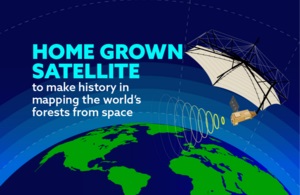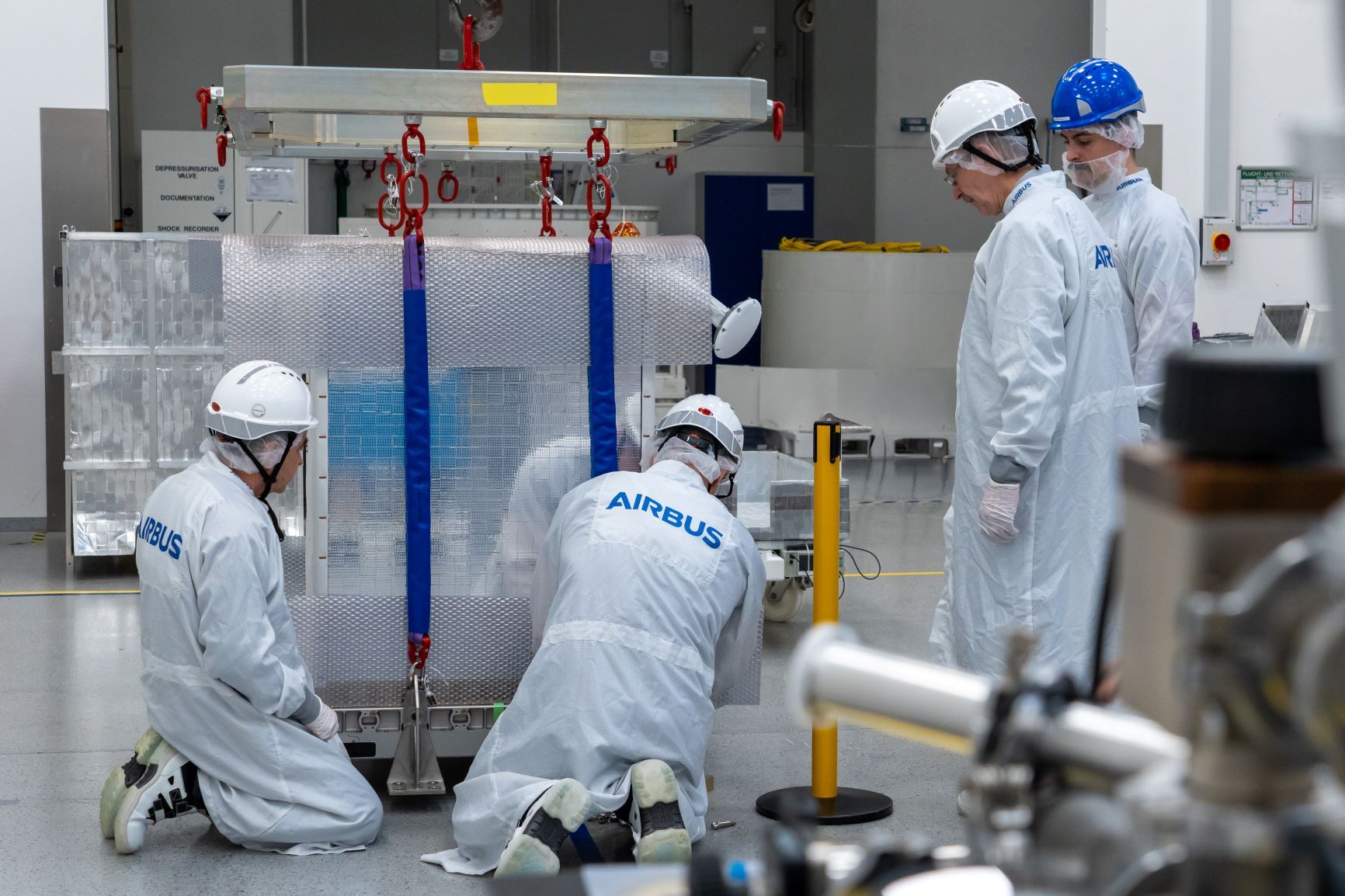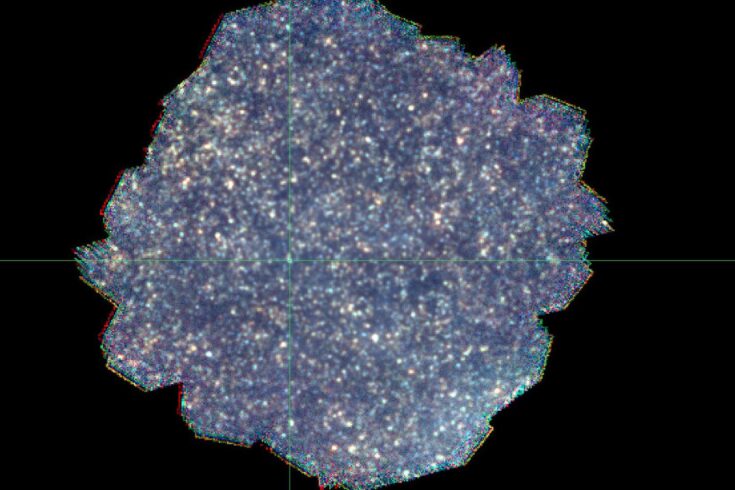Skyrora completes 70kN engine tests in line with ESA’s Boost! programme

Image courtesy Skyrora
Being a part of this initiative is paramount to Skyrora’s journey, as it unlocks the next round of qualification tests and moves the company one step closer to its goal of orbital launch. This test, the latest in a series of 16, lasted 20 seconds, was completed within acceptable parameters, and was conducted using a different propellant mixture ratio. Skyrora will now scale up its manufacturing process, and will oversee qualification tests on one engine a week.
Founder and CEO Volodymyr Levykin said: “Without the tireless efforts of our international team, this milestone wouldn’t have been possible. Everybody’s insights have been invaluable, and their spirit is a true testament to the passion shared by everyone at Skyrora.”
The 70kN rocket engine is unique in its design, and will be the first staged combustion engine on high-test peroxide (HTP) when qualified. Skyrora’s orbital engine, which was designed and produced on-site at the company’s recently-launched new vehicle assembly facility and with the support of the ESA’s Boost! programme, is a critical component of Skyrora’s XL orbital vehicle, used on the first and second stages.
The test was completed at Skyrora’s state of the art test site in Gorebridge, Midlothian, which opened in March 2022 and is the largest of its kind in the UK at more than 120,000 sq ft (just over two football fields). Skyrora is committed to launching in the most sustainable way possible, which is greatly aided both by its in-house manufacturing capabilities and by having this local test facility, which reduces Skyrora’s carbon footprint versus transporting engines and equipment to third-party facilities. The Midlothian site also uses rainfall from the Scottish Lowlands in the test stand’s cooling and sound dampening systems.
The engine was fully 3D-printed, and at the end of last year Skyrora announced that it had created the largest hybrid 3D printer of its kind in Europe, SkyPrint 2, which will come into full operation later in 2022. Taking influence from Britain’s rich space heritage, design inspiration for elements of this latest engine was taken from the Black Arrow Gamma8..
Skyrora’s Head of Engineering, Dr Jack James Marlow, said: "The engine passed its final development test with all data nominal and all system requirements met, which is a fantastic team achievement. This test concludes a key milestone with ESA as per our C-STS contract, and now unlocks the next series of tests for engine qualification. Our unique engine uses HTP to power the turbopump, in a closed-cycle approach as opposed to Black Arrow’s open-cycle. This means we have higher engine efficiency while keeping the overall system simple. This allows us to deliver greater payload to orbit for our customers."
Director of Commercial Spaceflight at the UK Space Agency, Matt Archer, added: "Huge congratulations to the Skyrora team for successfully completing this latest engine test and taking a big step forward in its journey to orbit. This innovative engine, which will be built entirely using 3D printing on-site in Scotland, showcases the exceptional level of technology and engineering skills in the UK. As we approach the UK’s first commercial space launch this summer, Skyrora’s manufacturing capabilities will further enhance the UK’s reputation as Europe’s most attractive destination for launch activities.”
Dr. Thilo Kranz, Commercial Space Transportation Programme Manager at the European Space Agency commented: "We are excited to witness the excellent progress at Skyrora with the 70kN engine development achieved with Boost! support, and we congratulate the team for completing the initial series of tests successfully!"
The engine will now be disassembled and refurbished ahead of qualification testing, which will bring the Skyrora closer to propulsion system integration and stage testing.










